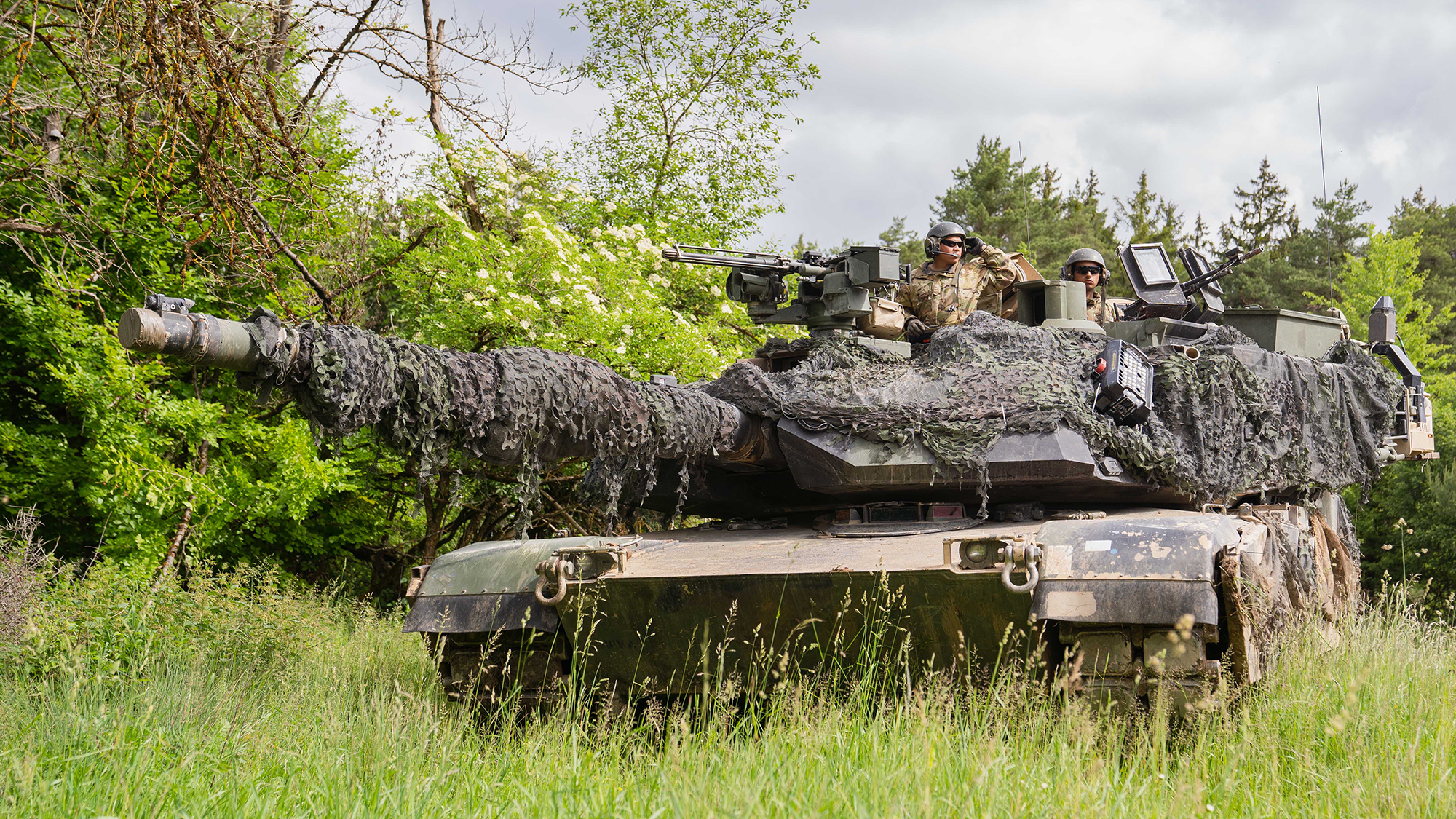US says it’s finalizing plans to send Abrams tanks to Ukraine
(CNN) — The Biden administration is finalizing plans to send U.S.-made Abrams tanks to Ukraine and could make an announcement as soon as this week, according to three U.S. officials familiar with the deliberations.
The timing around the actual delivery of the tanks is still unclear and it normally takes several months to train troops to use the tanks effectively, officials said.
An announcement about the tanks could be part of an attempt to break a diplomatic logjam with Germany, which indicated to the United States last week that it would not send its Leopard tanks to Ukraine unless the US also agreed to send its M1 Abrams tanks.
Top national security officials in the administration have been actively considering steps they could take to convince Germany to send the Leopards.
On Friday, at a meeting of western defense leaders in Germany, the United States and its allies failed to convince German officials to send the Leopards as part of Berlin’s next round of military assistance to Ukraine. But on Tuesday, the German Defense Minister Boris Pistorius said “We are preparing our decision, which will come very soon” on the tanks.
Later on Tuesday, German newspaper Der Spiegel reported that German Chancellor Olaf Scholz has decided to send Leopard tanks to Ukraine after “months of debate.”
CNN has reached out to the German government for comment.
The Biden administration has never taken the possibility of shipping American tanks entirely off the table, but U.S. officials said publicly last week that now is not the right time to send the 70-ton M1 Abrams tanks because they are costly and require a significant amount of training to operate.
The tanks have instead repeatedly been floated as a long-term option — even as critics say the right time is now, as Ukraine braces for the possibility Russia will mobilize more troops and launch a new offensive.
Sky News Arabia was first to report the news that the United States is considering sending the tanks.
Ukraine’s President Volodomyr Zelensky has consistently asked Western allies for modern tanks as his country prepares braces for an expected major Russian counteroffensive in the spring.
The United Kingdom has already announced it will send 12 of their Challenger 2 tanks to Ukraine, crossing what had previously appeared to be a red line for the United States and its European allies. A U.S. announcement it is sending tanks would increase the pressure on Germany as it decides whether to authorize a transfer of Leopards. There are believed be around 2,000 in Europe and Poland on Tuesday formally asked Berlin to approve a transfer of some its Leopards to Ukraine.
Any announcement would be a long-term contribution of Abrams, meaning the Ukrainians will not have them on the ground anytime soon because of the training and getting the sustainment framework established, a former defense official with knowledge of the deliberations told CNN. For now, the pending announcement by the US is more to make Germany feel more comfortable in providing their own tanks.
“These are not going to be tanks that are going to be on the ground next week or next month,” the former official said.
Given the last week’s announcement of a $2.5 billion drawdown of U.S. stocks to send to Ukraine, an announcement is unlikely to be another drawdown. Instead, the provision of tanks to Ukraine could come from a new contract under the Ukraine Security Assistance Initiative (USAI) or a refurbishment of M-1 Abrams tanks from another country such as Poland, which recently closed a deal to buy more Abrams and has been vocal in its insistence on sending tank to Ukraine.
Either scenario gives the United States more time and space to acquire, train and equip Ukraine with the tanks which are complex to operate. Ukrainian forces are already training on a number of new and advanced systems. That list includes training on Patriot missiles, U.K.-made Challenger 2 tanks, M109 howitzers and more, as well as the combined arms training that recently began in Germany.
Tanks represent the most powerful direct offensive weapon provided to Ukraine so far, a heavily armed system designed to meet the enemy head on instead of firing from a distance. If used properly with the necessary training, they could allow Ukraine to retake territory against Russian forces that have had time to dig defensive lines. The United States has begun supplying refurbished Soviet-era T-72 tanks, but modern western tanks are a generation ahead in terms of their ability to target enemy positions.
Pentagon and White House officials have denied that the risk of escalation with Russia has had anything to do with the U.S. decision to delay a decision on sending the tanks. Rather, the concern has been how difficult it would be for Ukrainian forces to operate and maintain the Abrams tank and whether it would be effective on the battlefield in Ukraine.
“It is a very, very different system than the generation of tank they’re currently operating,” said retired Army Maj. Gen. Patrick Donahoe, former commander of the Army’s Maneuver Center of Excellence at Fort Benning, Georgia told CNN last week. “So we would have to go through a sizeable training program with their Army. It would not be something that you can just, ‘Hey we field Abrams to you today and you’re fighting with it tomorrow.’ That’s not even in the realm of the possible.”
